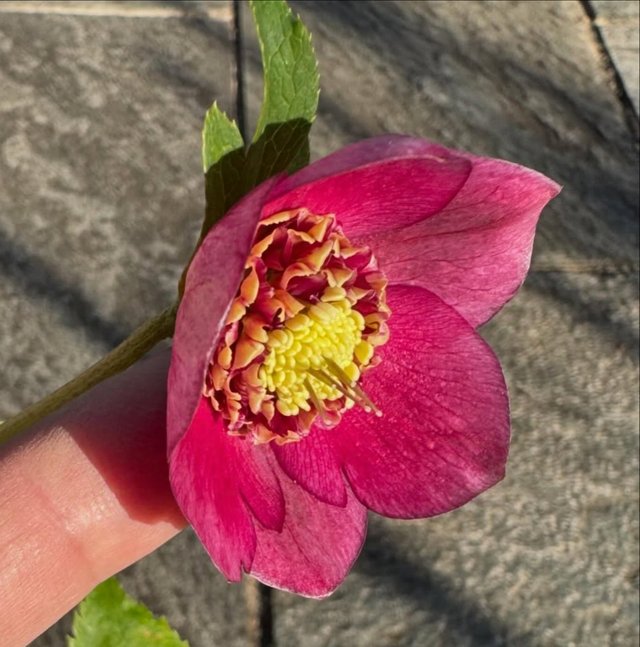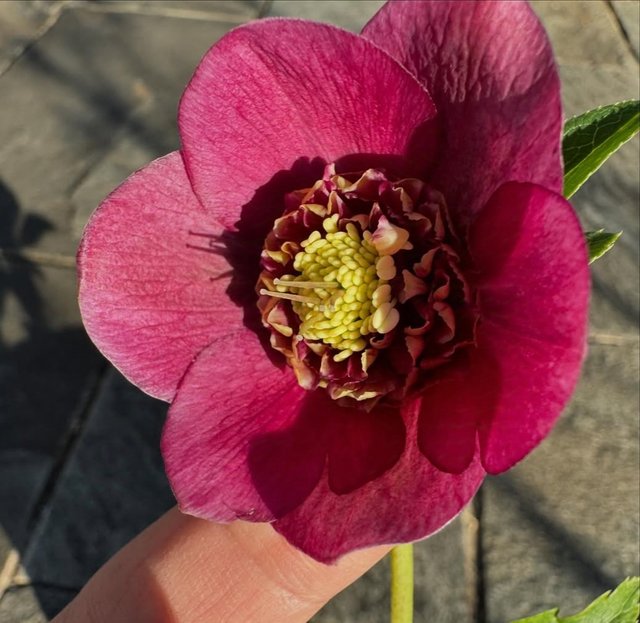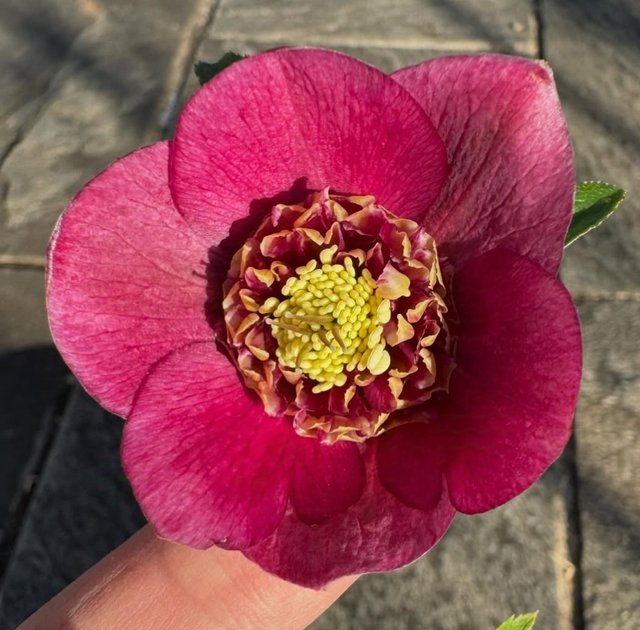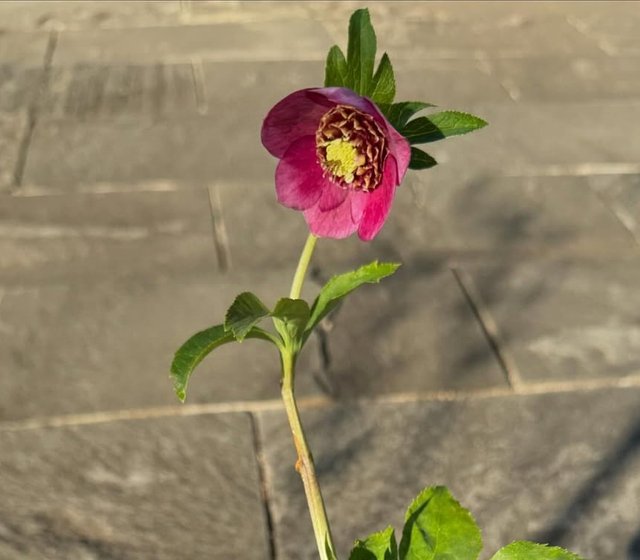So Beautiful Helleborus Orientalis Flower
A Deep Dive into Helleborus orientalis
The Helleborus orientalis, commonly known as the Lenten Rose, is a fascinating perennial plant cherished for its early blooming flowers, evergreen foliage, and low-maintenance nature. Despite its name, the Lenten Rose is neither a rose nor closely related to one—it belongs to the Ranunculaceae family, making it a distant relative of buttercups and clematis. This plant is a beloved choice among gardeners for its ability to brighten late winter and early spring landscapes with its nodding, cup-shaped flowers. Let’s explore this botanical gem in detail.
Origins and Natural Habitat
The Lenten Rose is native to regions of the Balkans, including Greece, Turkey, and the Caucasus. In its natural environment, Helleborus orientalis thrives in woodland settings, where it grows in rich, well-draining soils under the canopy of trees. Its ability to adapt to dappled sunlight and tolerate colder climates has made it a popular ornamental plant in gardens worldwide.
Unique Characteristics
Flowers
The standout feature of the Lenten Rose is its exquisite blooms. The flowers typically emerge between late winter and early spring, often coinciding with Lent, hence the name. They range in color from soft pastels like white, cream, and pink to darker shades of purple, burgundy, and nearly black.
The "petals" of the Lenten Rose are actually sepals, which give the flowers their long-lasting appearance. True petals are small and inconspicuous, forming nectar spurs that attract early pollinators such as bees.
Foliage
The foliage of Helleborus orientalis is equally remarkable. Its leathery, deep-green leaves are often evergreen in mild climates, providing year-round interest. The leaves are palmate and serrated, adding texture to garden beds even when the plant is not in bloom.
Growth Habit
Lenten Roses grow in clumps, reaching a height of 12–18 inches and spreading up to 24 inches. Over time, they form dense colonies, making them ideal for ground cover in shady areas.
Cultivation and Care
Light Requirements
Helleborus orientalis prefers partial to full shade, mimicking its natural woodland habitat. While it can tolerate some morning sunlight, excessive direct light can scorch its leaves.




Device Information
| Device | Redmi Note 10 Pro |
|---|---|
| Location | Bangladesh |
